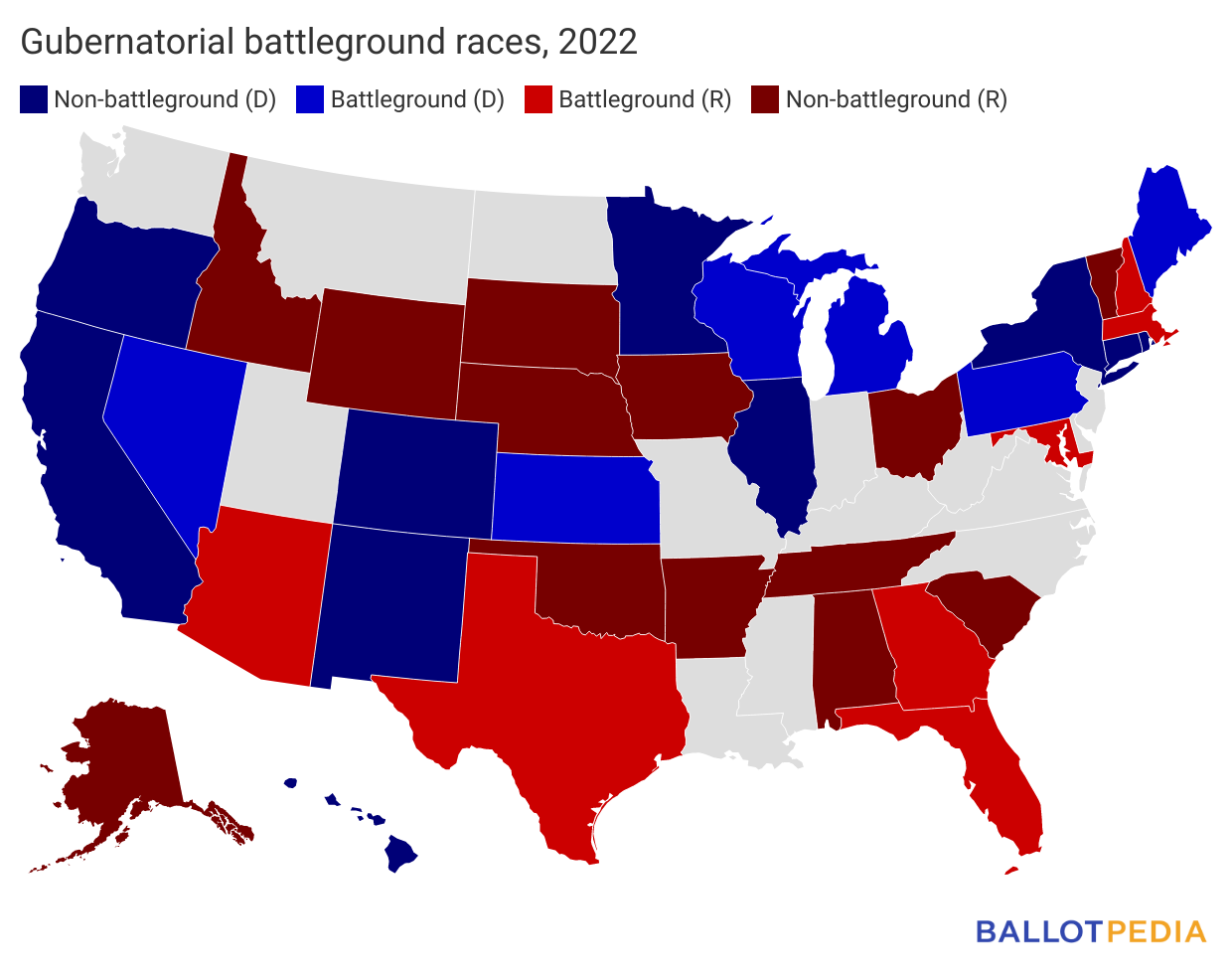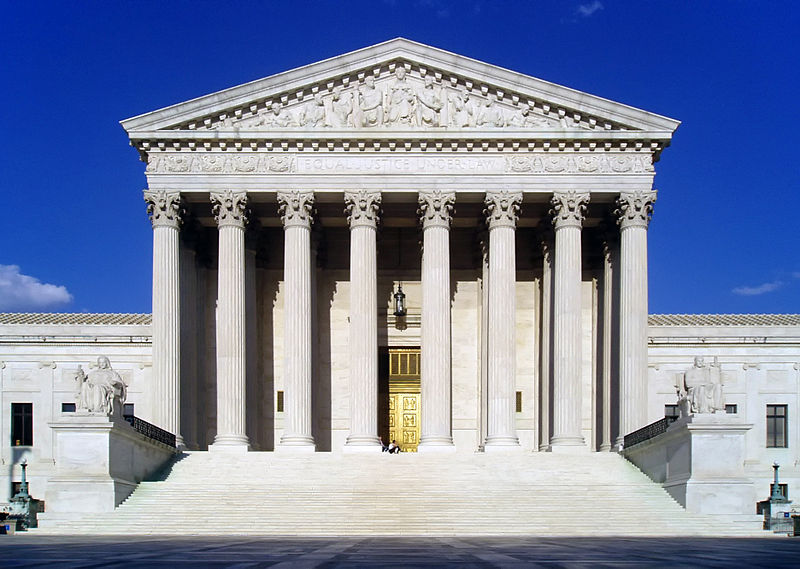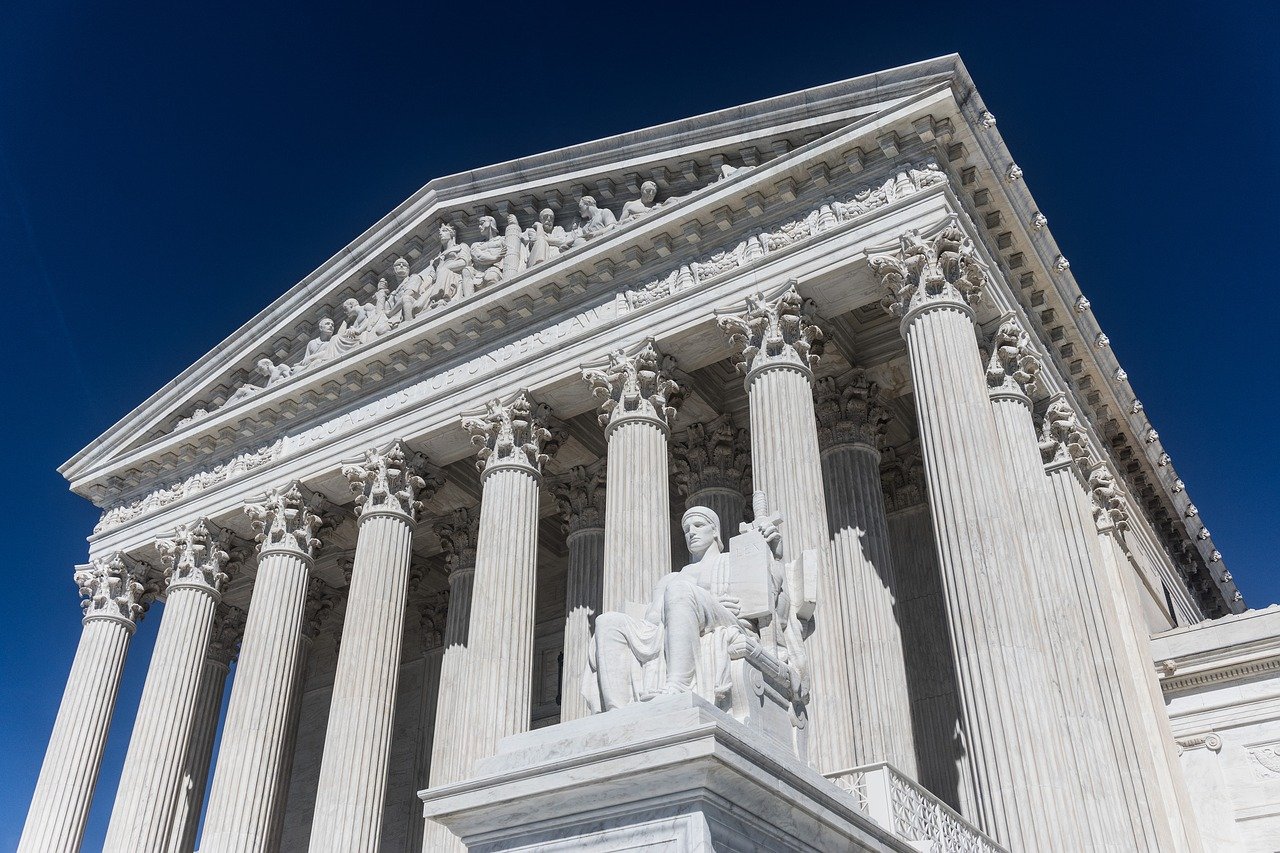Tag: Breaking News
-
South Dakota House impeaches state attorney general for actions related to 2020 fatal crash

The South Dakota House of Representatives impeached Attorney General Jason Ravnsborg (R) on April 12 for his actions related to a car accident that killed a pedestrian in September 2020. The state House voted 36-31 to approve House Resolution 7002 (HR 7002) which states, “A RESOLUTION, Providing for the impeachment of Jason Ravnsborg, Attorney General…
-
Democrats defending seven vulnerable trifectas this year, Republicans defending six

Thirteen state government trifectas are vulnerable in 2022, according to Ballotpedia’s annual trifecta vulnerability ratings. Democrats are defending seven vulnerable trifectas and Republicans are defending six. The Democratic trifectas in Delaware and Washington are highly vulnerable. Neither of those two states are holding gubernatorial elections in 2022 but in both states, Democrats have a five-seat…
-
Thirteen gubernatorial battleground elections to take place in 2022

Thirty-six states will hold elections for governor in 2022. Of those, Ballotpedia has identified 13 as general election battlegrounds: Arizona, Florida, Georgia, Kansas, Maine, Maryland, Massachusetts, Michigan, Nevada, New Hampshire, Pennsylvania, Texas, and Wisconsin. These battleground races were selected using the following criteria: the results of the 2020 presidential election in each state, whether the…
-
Thirty-nine state legislative special elections scheduled for 2022

Thirty-nine state legislative special elections have been scheduled in 19 states in 2022. Fourteen special elections have taken place already. Heading into those races, Democrats had controlled 11 of the seats, and Republicans controlled three. No seats have changed party control as a result of special elections this year. Upcoming special elections include: Mar. 1…
-
Confirmation votes for SCOTUS justices appointed since 1967

President Joe Biden (D) said that he will name his nominee to replace Justice Stephen Breyer on the United States Supreme Court by the end of February. Whoever the nominee is, they are set to be the first to require confirmation from a United States Senate divided 50-50. Since 1967, when the U.S. Senate held…
-
2021 Candidate Connections report

A total of 694 candidates completed the Ballotpedia Candidate Connection survey in 2021. The largest number of responses came from Colorado, Texas, and New York with 62, 61, and 60 candidates responding to the survey respectively. City candidates made up the largest portion of respondents at 43%. School board candidates accounted for 21% of survey…
-
U.S. Supreme Court Justice Stephen Breyer announces retirement

Supreme Court of the United States (SCOTUS) Justice Stephen Breyer announced Wednesday he will retire at the end of the 2022 term this October. Breyer, a Bill Clinton (D) appointee, has served on the court since 1994. He is one of three justices on the nine-member court to be appointed by a Democratic president. Breyer’s…
-
SCOTUS accepts cases for 2021-2022 term

The Supreme Court of the United States (SCOTUS) on Jan. 14 accepted five cases for argument during the 2021-2022 term: George v. McDonough involves when a veteran has the legal right to appeal after theU.S. Department of Veterans Affairs (VA) denies a disability benefits claim. Veterans have the right to challenge final VA decisions if…
-
86% of incumbents were successful in their Nov. bid for re-election

In the 2021 general election, an average of 85.54% of incumbents nationwide won their re-election bids. The number drops to 82.35% when including incumbents that withdrew or were disqualified. In 2020, 93% of incumbents won their elections. In 2019, that number was 90%, and it was 92% in 2018. Minnesota incumbents were the least successful…

